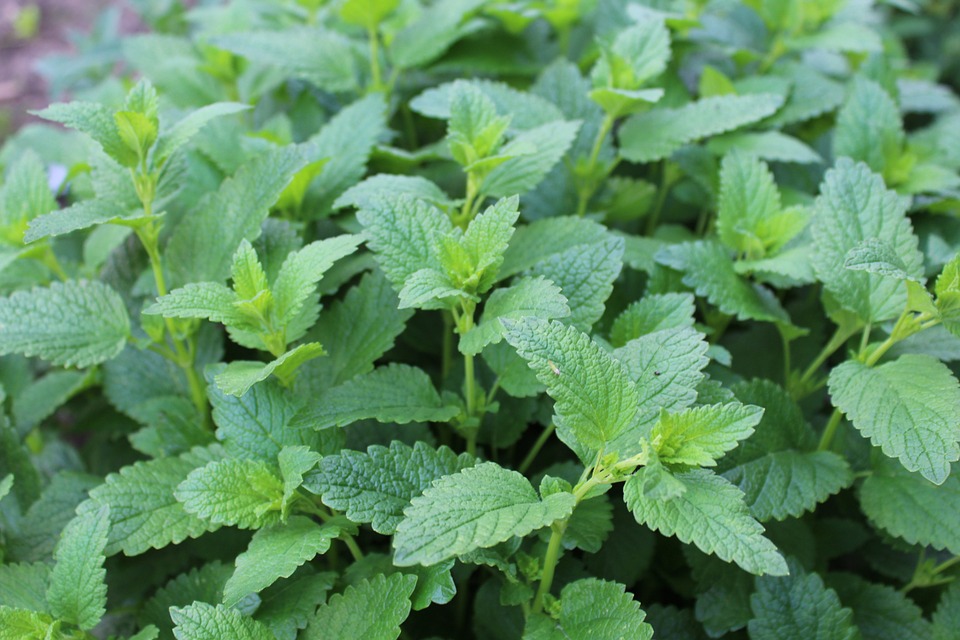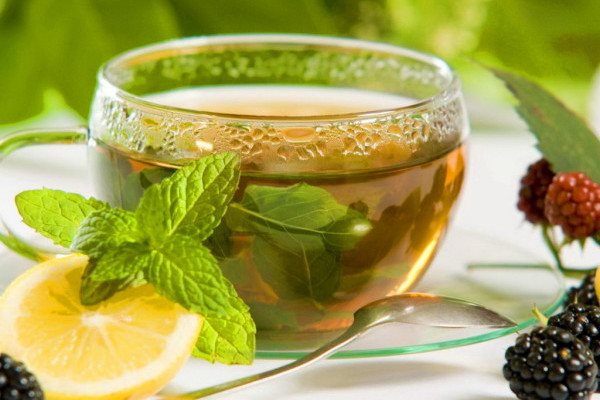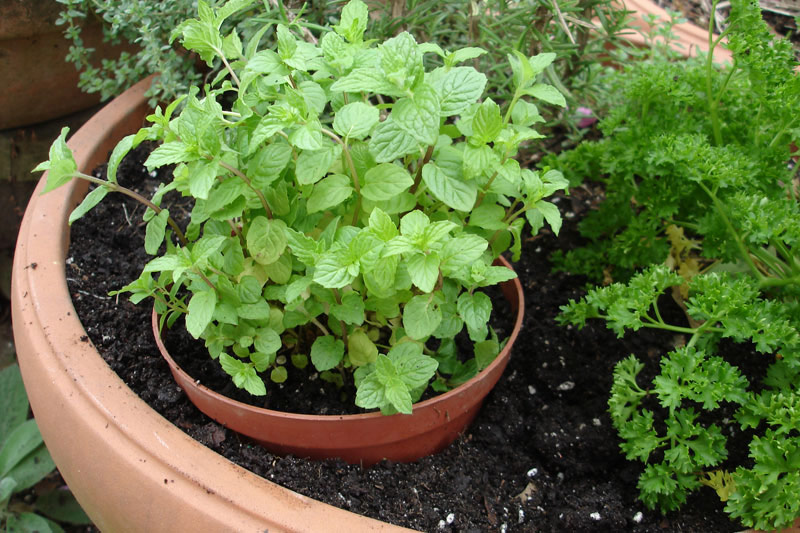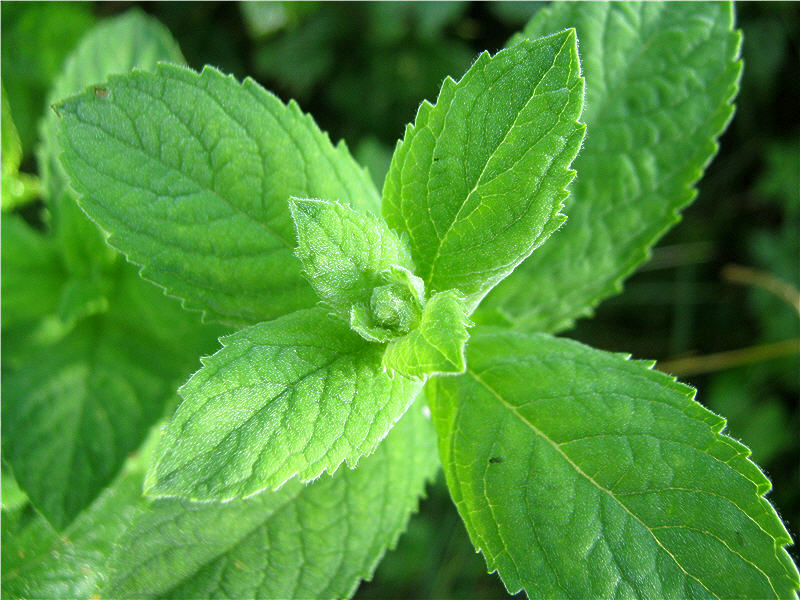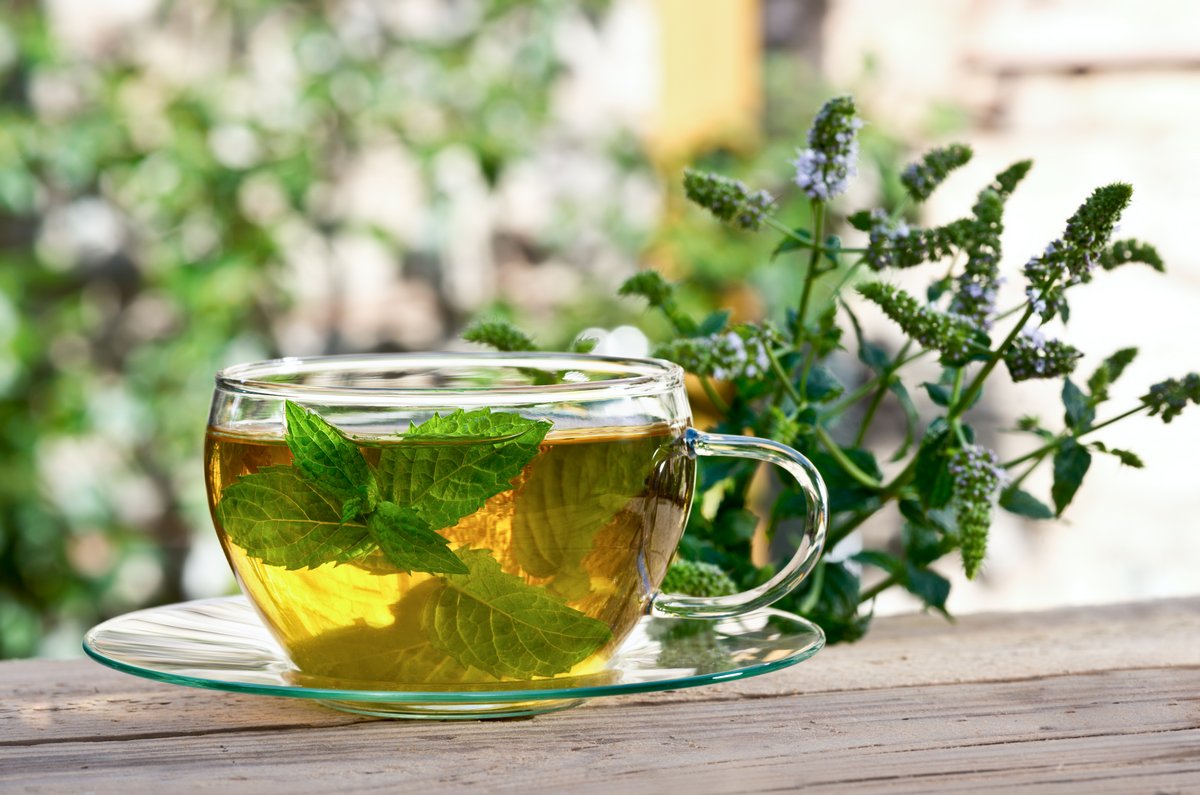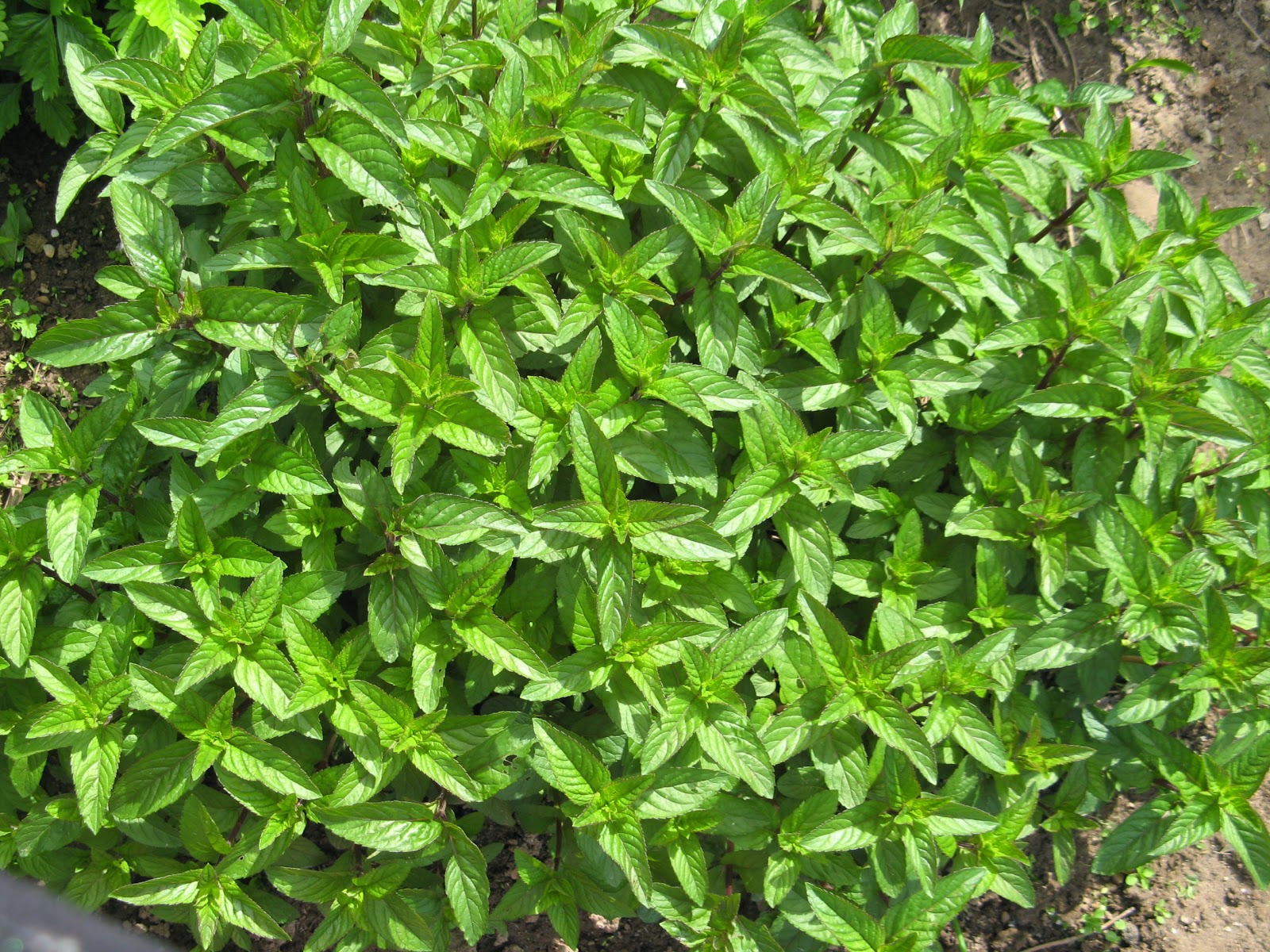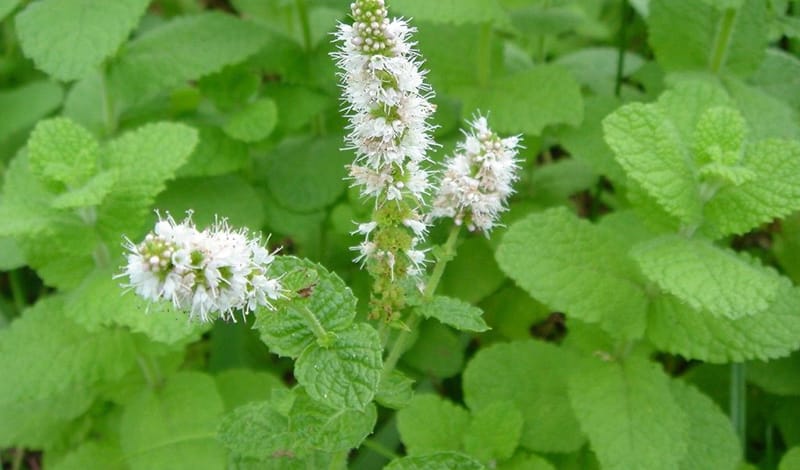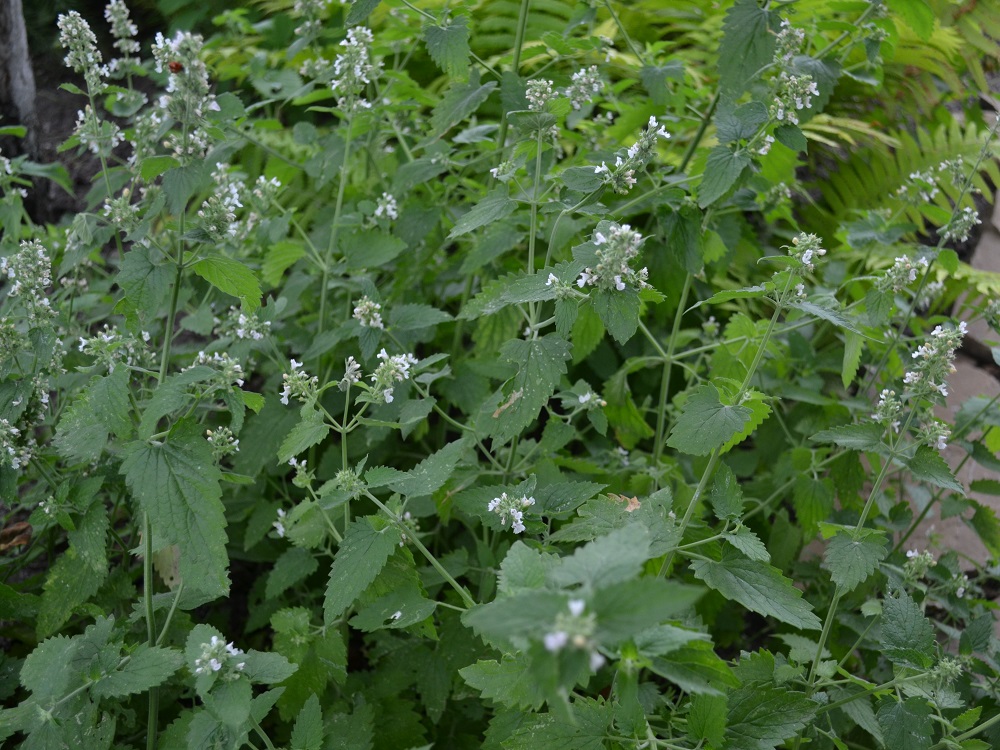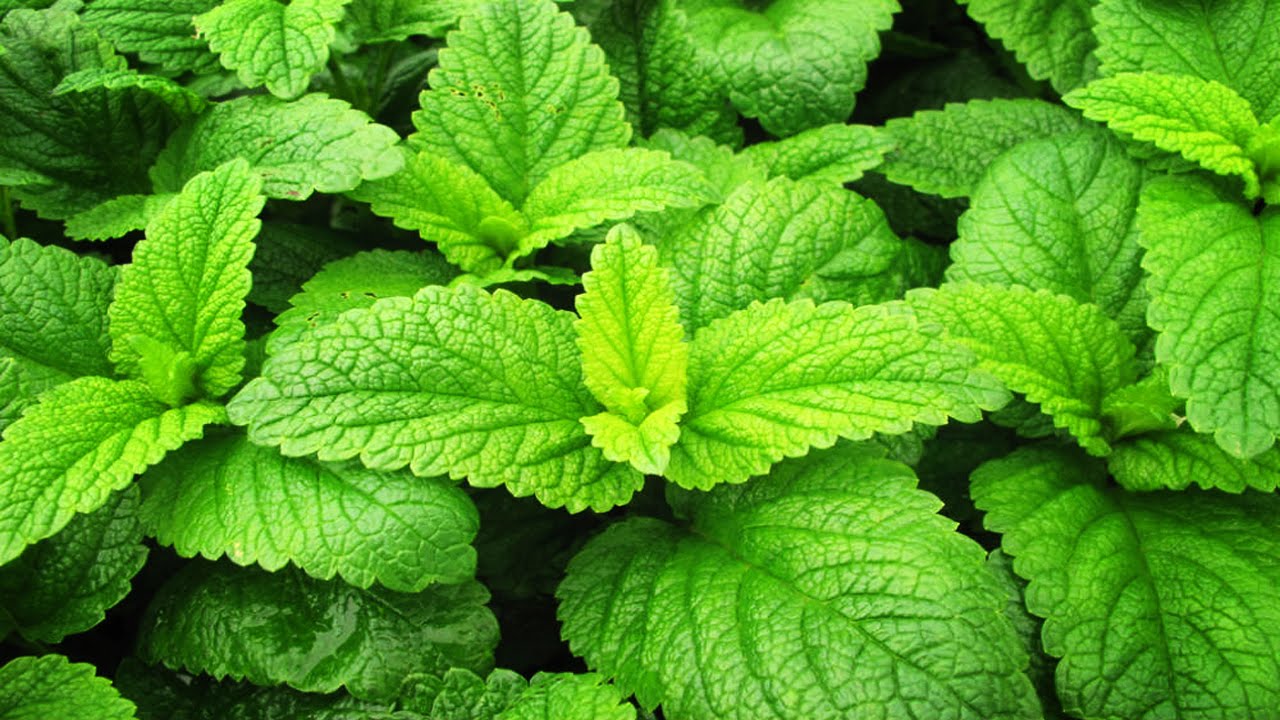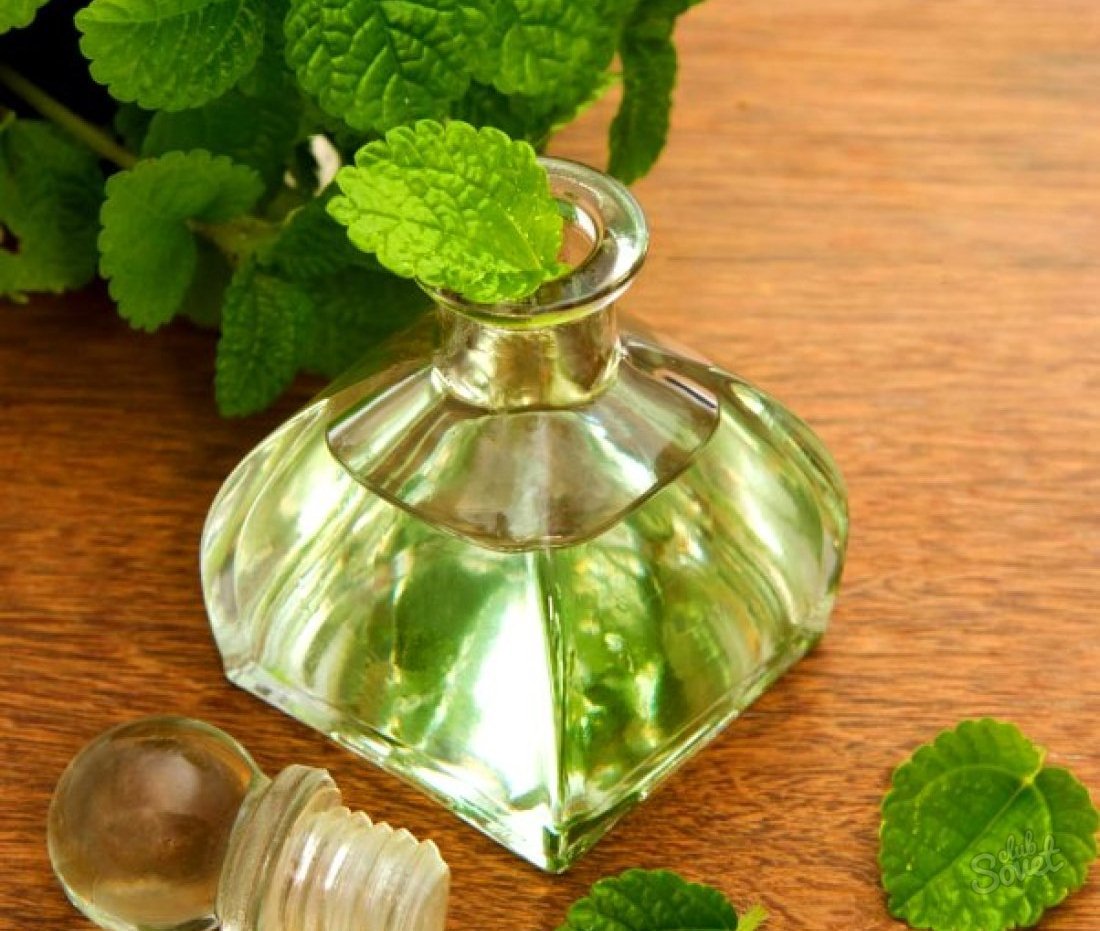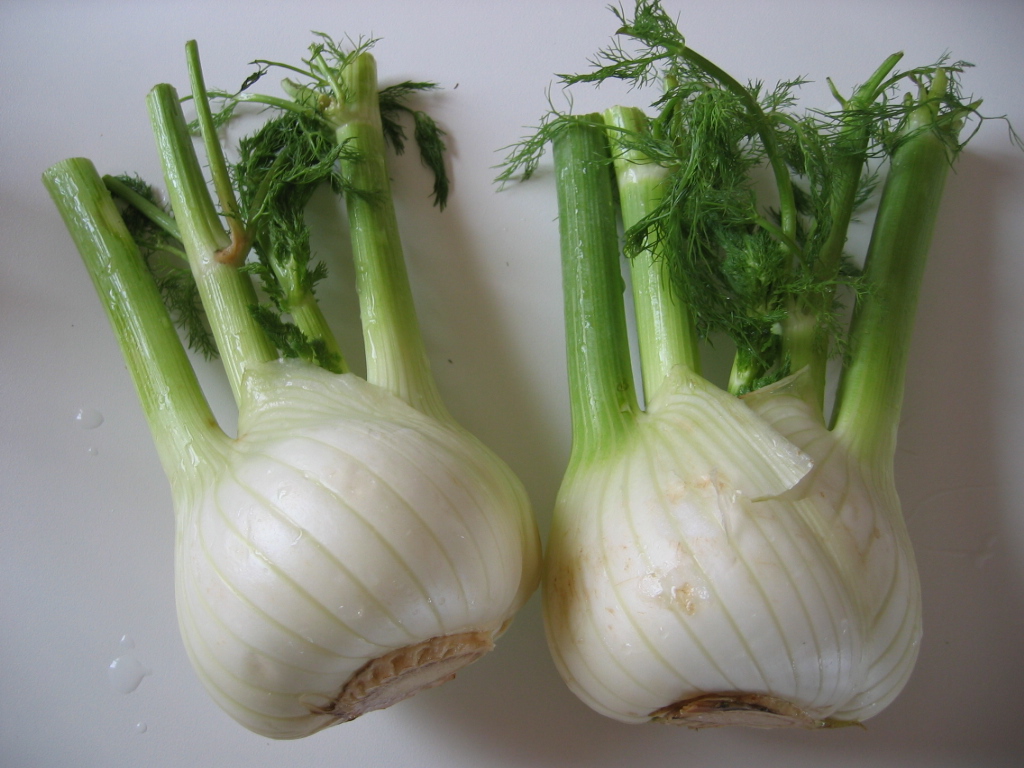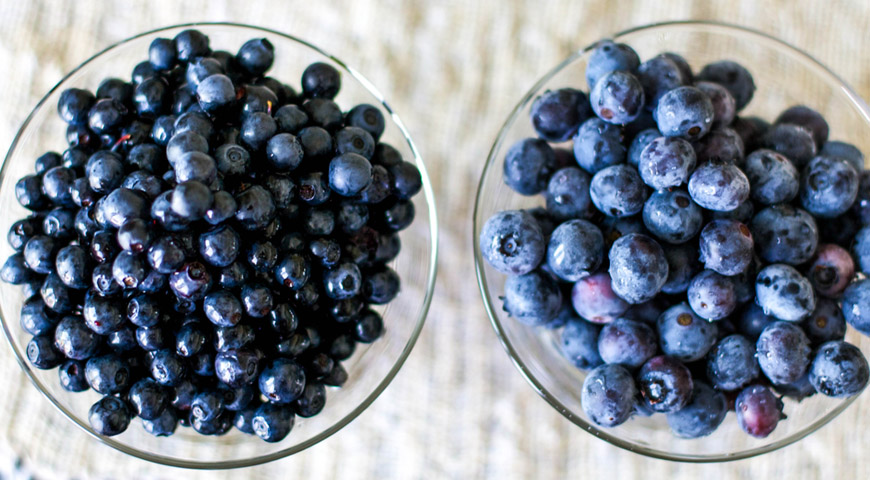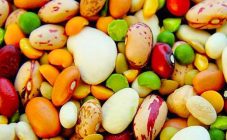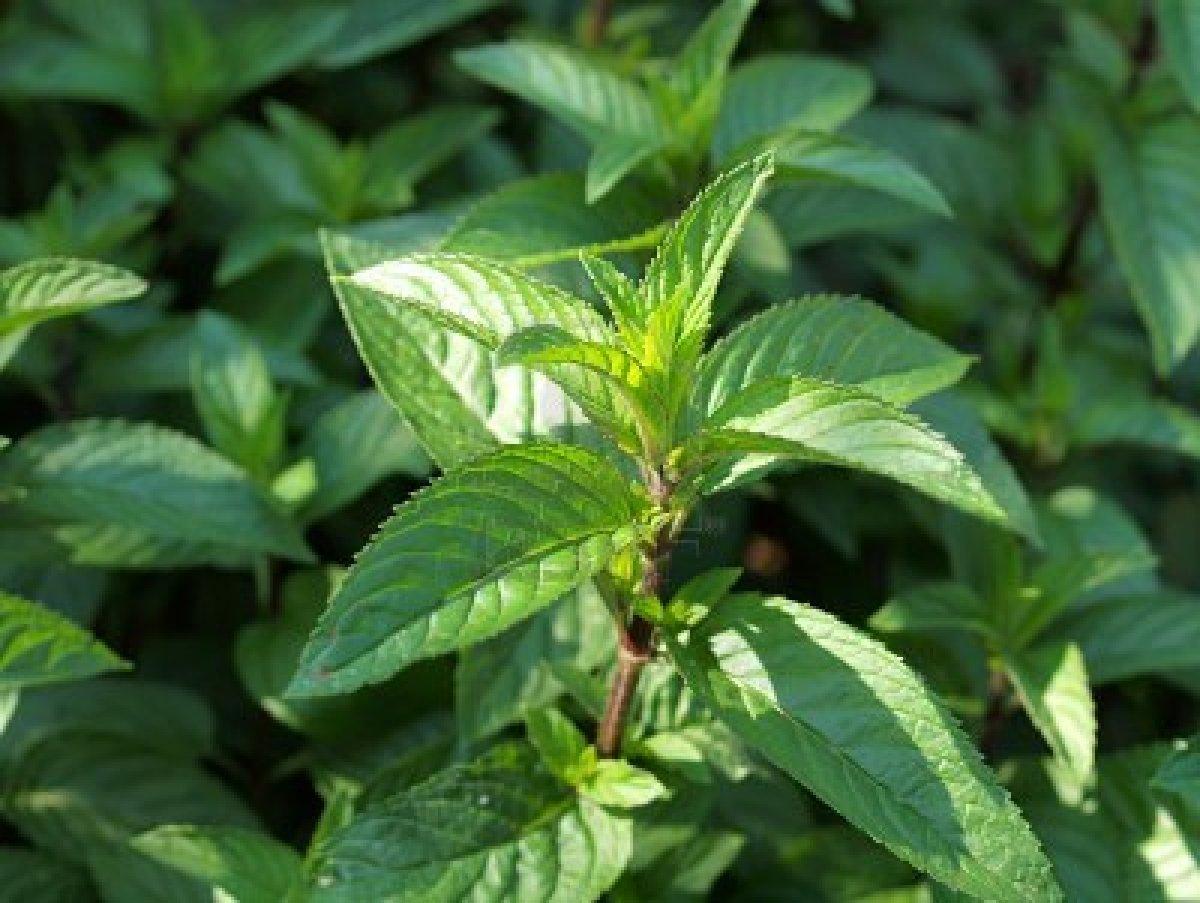Mint and lemon balm are so similar that many consider them to be one plant, known by different names. In fact, this is not the case. They are "sisters", representatives of the same family. But the properties that lemon balm and mint have differ among themselves. It is especially important to know and distinguish them for those who use plants for medicinal purposes.
To understand what lemon balm and mint provide, what is the difference and similarity of these herbs, it is worth getting to know each of them in more detail.
Melissa
Fragrant lemon balm, named after the mythical beloved of Zeus, has long and firmly settled on the plots of many summer residents. Many of them notice that it is a herb that looks like mint, but not mint. They do not know the true name of the bush. Sometimes the plant is called Mother, Medovka, Melis, Pchelnik. Due to the many useful substances and trace elements in its composition, lemon balm has a healing effect. For a complete answer to the question "fragrant lemon balm is a plant and mint, what are the differences", you need to familiarize yourself with them in more detail.
The ability of this plant to help in the treatment of many diseases has long been known, for example:
- Nerve problems (neuroses, depression, panic attacks);
- Diseases of the gastrointestinal tract;
- Hormonal disruptions;
- Respiratory system diseases;
- Heart ailments;
- Liver problems.
Melissa is in favor not only with healers, but also with chefs. This is a wonderful spice that gives an amazing aroma to mushroom dishes, marinades, soups. There is no need to talk about what an unusual taste and smell this herb gives to ordinary tea. This is a must try.
Lemon balm can be used as a medicinal supplement or seasoning both dried and fresh. Properly prepared for the future, it will retain every useful property.
Beauties who prefer natural cosmetics know that a decoction of a herb, similar to mint, makes the skin clear and prevents excess sebum secretion, while lemon balm oil refreshes and rejuvenates the face. Lemon balm will also be useful in homemade hair masks.
Growing a bee is not difficult. You can settle the plant on the windowsill, choosing a spacious container for it. Seeds are sown in pre-moistened soil to a depth of one and a half centimeters. The optimal date is early March. The emerging seedlings are thinned out, placed in the light, watered as needed. When the lemon balm releases the buds, they will need to be cut with scissors so that the plant gives all its strength exclusively to the leaves. Homemade lemon balm is cut 2-3 times per season.
If you decide to grow lemon balm in the open field, you should know in advance what conditions will be required for it:
- The soil. Melissa loves loose soil, loam;
- Lighting. The fragrant grass feels good in the sun, in a too shaded place the bush will develop more slowly;
- Watering. In hot weather, water the lemon balm as the soil dries out. It is important that the water does not stagnate at the roots, otherwise the plant may die;
- Top dressing. It is necessary to fertilize the plant in the spring and before winter, using organic matter or nitrogen-potassium mixtures.
The cut bee is dried in the shade by tying it in bunches. It is stored for 2 years.
Mint
The name of the mint was also taken from the myth. And the plant itself has been known since mythical times, it is already mentioned in the Bible. It, like lemon balm, belongs to the Lamiaceae family and is widespread in the world. In terms of the number of useful properties, mint is also not inferior to its sister in the family.
The plant has long been known as an assistant in the fight against such ailments:
- Internal bleeding;
- Heart diseases;
- Hiccups;
- Lack of appetite;
- Prostration.
Mint as a spice is used in the preparation of dishes from meat, fish, sauces, salads. It is able to improve the taste and impart its own unique mint (as they jokingly say about it, "crumpled") aroma of fruit drink, tea, compote and other drinks based on fruits and herbs.
The most popular species of this aromatic plant among gardeners is peppermint. It has a fresh, intense scent.
Sowing mint seeds in greenhouses begins in mid-April. Sowing technology is similar to the lemon balm planting algorithm. The emerging seedlings also like moderate watering and good lighting. You can start transplanting into open ground at the end of May.
Mint is a little more capricious than lemon balm, but it does not require special care skills.
Its rules are simple:
- The soil. Loam, necessarily loose. It will not be superfluous to add humus and ash before planting;
- Watering. Moderate. Stagnant water should be avoided;
- Illumination. The plant tolerates both bright lighting and partial shade;
- Top dressing. You can fertilize mint with mineral mixtures containing phosphorus and nitrogen. Spring and autumn are good times for feeding.
Collecting peppermint for drying is carried out during the flowering period. Raw materials are laid out in a thin layer on a cloth or paper in a dark place. You can keep the herb dry for 24 months.
Melissa and mint: differences
Obviously, both plants should look similar to each other. But this is only at first glance. Looking closely at them, you can find a number of significant differences that will help determine the name of the plant even for people who saw them for the first time. For example, knowing what lemon balm smells like, you can be guaranteed to distinguish it from mint.
Major external differences between lemon balm and mint
| Mint | Melissa | |
|---|---|---|
| Stem | The main one, erect, clearly expressed. Height about half a meter | Bush, several stems. Height up to 80 cm |
| Leaves | Bright green, spiky, smooth | Light green, rounded, velvety |
| Flowers | Delicate purple, small, gathered in a spikelet | Light blue, collected in inflorescences of 6-8 pieces |
| Fruit | Small, do not appear every year | Appear annually |
| Scent | Refreshing, menthol | Delicate, with a hint of lemon |
Even for those who are familiar with these plants only from videos and pictures, it will not be difficult to distinguish one from the other.
The differences between mint and lemon balm are not only in terms of appearance.
You can compile a whole list of properties by which plants are very different from each other:
- Mint contains significantly more essential oils than lemon balm. Therefore, the latter is approved for use by pregnant and lactating women. Mint is contraindicated for them;
- Melissa is mainly used to eliminate inflammation, edema and skin rashes. Mint is not used to heal wounds;
- Both plants have a negative effect on male potency, but lemon balm is endowed with the opposite effect - it has a beneficial effect on female reproductive function;
- Melissa has a more pronounced sedative effect, in contrast to mint;
- Peppermint is used in cosmetology to heal oily skin, while lemon balm is suitable for all types of epidermis;
- In cooking, mint is often used as a flavoring agent, adding both to the first courses and to desserts. Melissa, on the other hand, usually acts as a spice for savory foods.
Having answered the question “what is the difference between lemon balm and mint”, you can safely start growing and using them. Both plants, when used correctly, will be of great benefit. For cooking, cosmetology and folk medicine, lemon balm and mint are irreplaceable and important, each in its own way.
